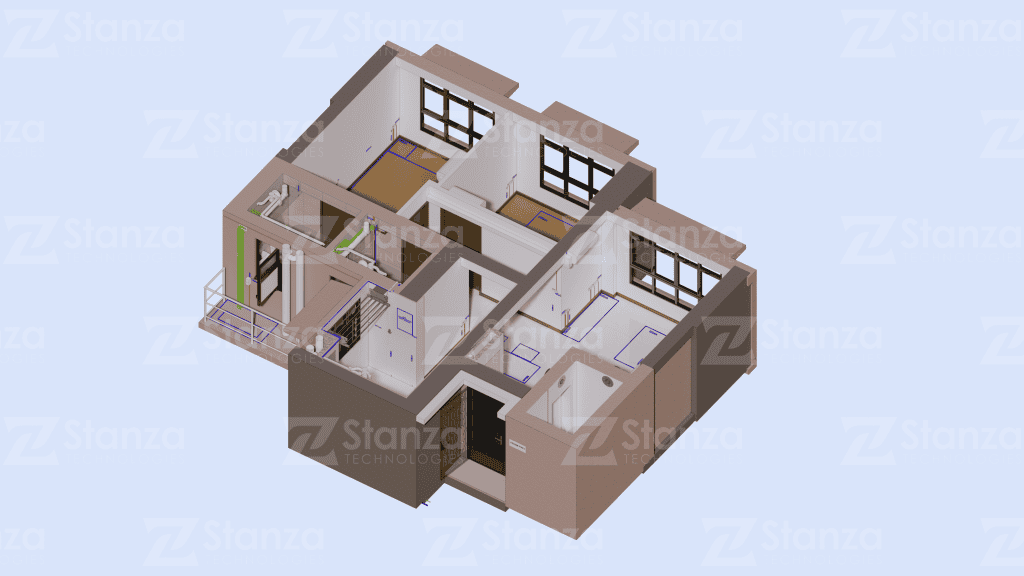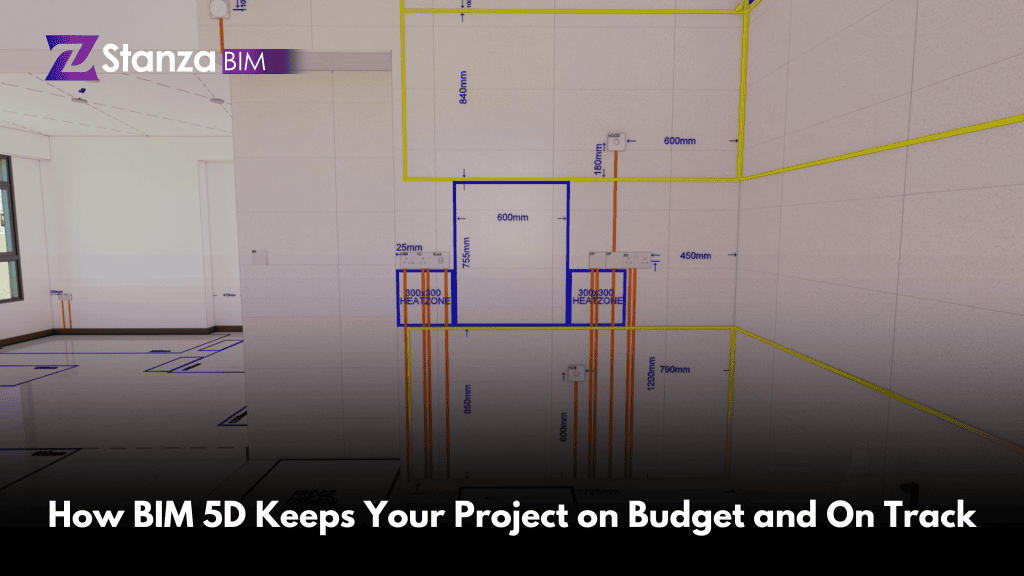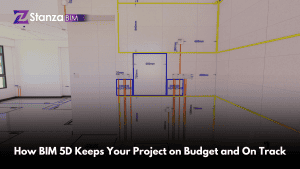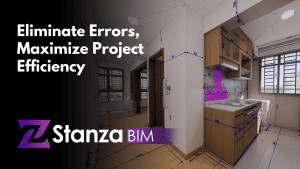Most people in the construction industry will agree that staying within budget is the most complex challenge. Overnight changes in material prices, schedules, and designs can cause discrepancies in the numbers to appear suddenly. Budgets were constantly catching up because traditional cost estimation techniques often operated independently of the design process. The project had advanced by the time a cost plan was completed.
BIM 5D changes that.
With BIM 5D, cost information is directly linked to the 3D model. The materials, quantities, and expenses associated with each wall, beam, and pipe in the design are more than just aesthetic components. They are real-time indicators of your project’s financial health. The price instantly changes if the design changes, providing you with immediate reassurance and confidence in your budgeting decisions.
How it helps in real projects:
- Accurate Estimates: Since quantities are pulled directly from the model, human errors in manual take-offs are greatly reduced.
- Dynamic Budgeting: Cost impacts of design or schedule changes are visible immediately, allowing teams to make quick, informed decisions.
- Better Forecasting: 5D simulations, which integrate the 3D model with cost data, can show how costs evolve over time, helping anticipate risks before they escalate. These simulations provide a dynamic view of the project’s financial status, allowing for proactive risk management and budget adjustments.Transparency with Clients: Owners can see where their money is going and how decisions affect the budget, fostering trust and confidence.
Budgets become an active, dynamic component of the project rather than a static report. Teams constantly monitor, modify, and optimize rather than making a single estimate and hoping for the best.
Cost engineers and quantity surveyors are not the only professionals who can use BIM 5D. BIM specialists play a crucial role in this process, as they are responsible for ensuring the accurate representation of the project in the BIM model. It unites clients, contractors, and designers around a common project budget. This degree of cooperation guarantees that financial control is incorporated throughout the project lifecycle, minimizes disagreements, and reduces surprises. By fostering this level of collaboration, BIM 5D makes you feel connected and part of a team, working towards a common goal of project success.

In today’s industry, where margins are narrow and competition is fierce, BIM 5D provides businesses with the competitive advantage they require. It helps projects stay on schedule, within budget, and ahead of the curve by transforming cost management from a reactive task into a proactive strategy.










